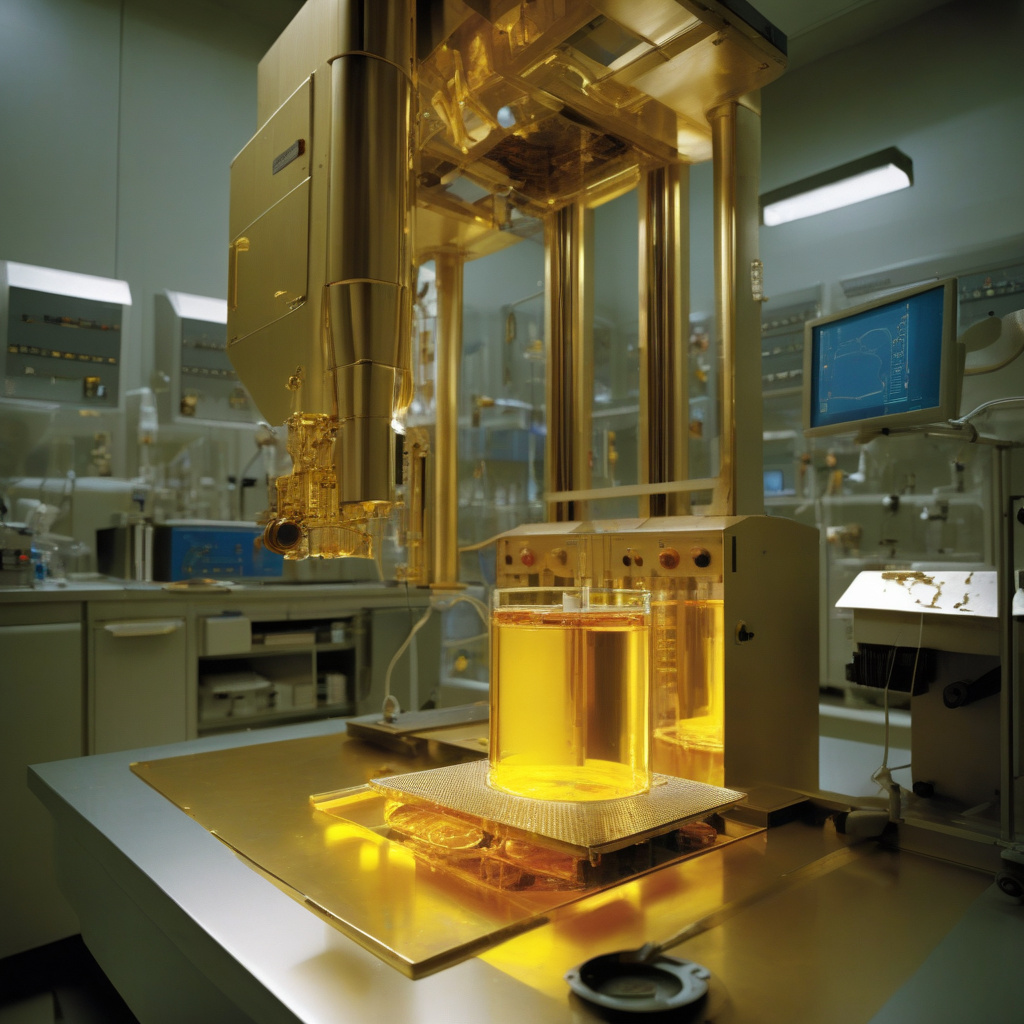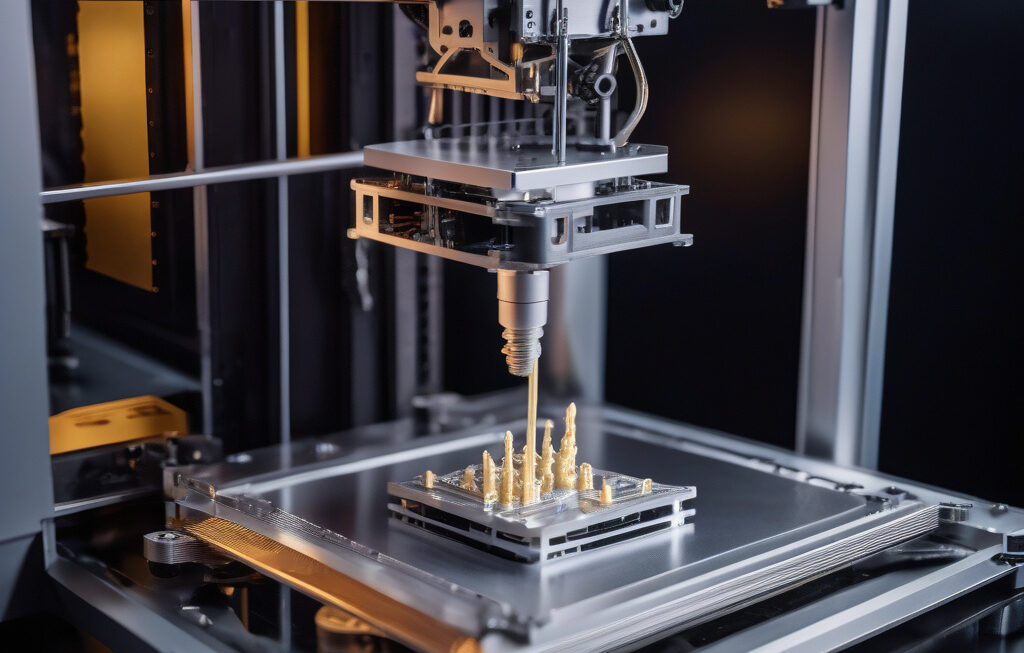Gold survives 19,000 kelvins without melting in record-breaking extreme physics test
In a landmark experiment, scientists have directly measured the temperature of atoms in “warm dense matter” conditions, where gold managed to defy expectations by surviving temperatures as high as 19,000 kelvins without melting. This incredible feat opens up a realm of possibilities in understanding the behavior of materials under extreme conditions and challenges the conventional wisdom regarding the melting points of metals.
The experiment, conducted by a team of researchers at the SLAC National Accelerator Laboratory and Stanford University, involved using the Linac Coherent Light Source (LCLS) X-ray laser to heat a thin foil of gold to temperatures comparable to those found at the center of the sun. By measuring the spectrum of X-rays emitted by the gold atoms as they heated up, the scientists were able to directly determine the temperature of the material with unprecedented accuracy.
The results of the experiment were nothing short of astonishing. Gold, a metal known for its malleability and relatively low melting point compared to other metals, demonstrated remarkable resilience in the face of extreme heat. At 19,000 kelvins, which is more than three times the temperature of the sun’s surface, the gold foil remained solid, defying the traditional notion that it would have melted under such conditions.
This groundbreaking achievement has significant implications for a wide range of fields, from materials science to astrophysics. Understanding how materials behave at extreme temperatures and pressures is crucial for developing new technologies, improving industrial processes, and gaining insights into the fundamental nature of matter.
One of the key takeaways from this experiment is the importance of considering not just the temperature of a material, but also its density, when predicting its behavior under extreme conditions. The concept of “warm dense matter” refers to states of matter where the temperature is high, but the density is also significant, leading to unique physical properties that differ from those observed in more familiar states of matter.
By pushing the boundaries of what is known about the behavior of materials at extreme temperatures, this experiment has the potential to revolutionize our understanding of the universe at its most fundamental levels. The ability of gold to withstand temperatures of 19,000 kelvins without melting serves as a testament to the resilience and adaptability of matter under the most extreme conditions imaginable.
As scientists continue to explore the frontiers of physics and push the limits of what is possible, experiments like this one remind us of the boundless potential for discovery and innovation that exists in the world of science. The next time you admire a piece of gold jewelry or marvel at the sun’s brilliance, take a moment to appreciate the incredible properties of the materials that make up our universe.
gold, extreme physics, materials science, warm dense matter, scientific breakthrough












